Free Medieval Music Generator Powered by AI
Turn text into high-quality Medieval music effortlessly – no login required!
music.toolTips
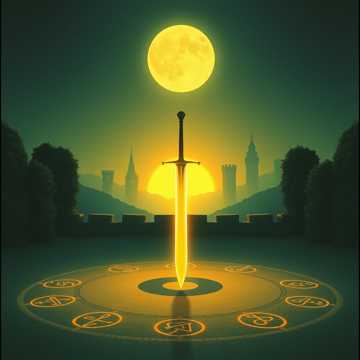
Prophecy
A medieval ballad recounting an ancient prophecy where seven chosen ones must rise to defeat the dark force Ah'Goth, armed with divine gifts. Their battle against death and darkness is foretold in a tale of light, shadow, and redemption.
03:32
1 days ago
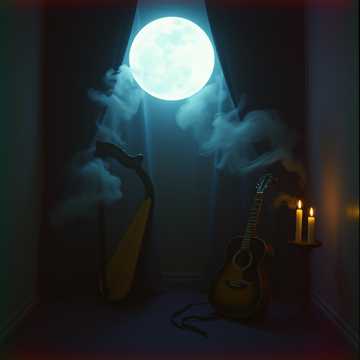
Emptiness
A somber, gothic song about the eternal echoes of the past, blending whispered vocals with dramatic chamber music and rock elements, creating an emotionally intense and haunting atmosphere.
01:43
Invalid date
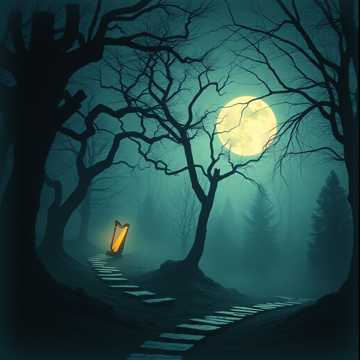
Shadows of the Forgotten
A melancholic, dramatic exploration of shadows, echoes, and forgotten spirits. 'Shadows of the Forgotten' blends electric guitars, flutes, and medieval percussion to convey a profound journey through darkness, sorrow, and mystery.
03:07
Invalid date
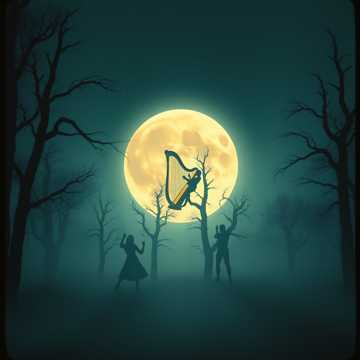
Shadows in the Fog
A haunting and melancholic journey through a foggy, mysterious landscape where shadows dance and the past echoes, blending medieval and modern sounds like electric guitars, banjos, and flutes to create a dramatic, dark atmosphere.
03:37
Invalid date

Pattens, Mules, and Other Shoes
This AI-generated song, blending acoustic and electric elements with folk metal, explores the historical and emotional journey of shoes through time, stitching together the forgotten stories of those who walked before us.
03:16
Invalid date

Legión del Mar
Una pieza rock épica que mezcla imaginería medieval y batalla, explorando fuerza, disciplina y conflicto interior en un estilo dramático y electrizante.
03:40
1 days ago
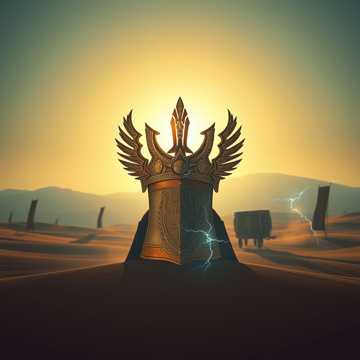
Caballeros del Trueno
A high-energy medieval glam rock anthem celebrating legendary knights. The song pulses with guitar riffs and theatrical vocals, embodying power, glory, and battle in a vivid, electric soundscape.
03:04
1 days ago

Candlelit Shadows
A slow-tempo, melancholic instrumental piece combining harp and lute melodies, enriched with soft rain sounds, evoking a serene and immersive fantasy atmosphere.
03:05
Invalid date

Medieval
An epic medieval-inspired composition blending mysticism, nobility, and heroic ascent through dramatic orchestration and cathedral-like atmospheres.
03:30
1 days ago

Medieval
An epic medieval odyssey blending mystical calm and heroic rise, evoking Arthurian legend through soaring choirs, noble horns, and dramatic orchestral waves.
03:33
1 days ago

Whisper of the Dawn
An ethereal, instrumental journey that blends medieval sounds with the tranquil ambiance of the dawn, featuring a harp and lute-driven arrangement for a meditative, reflective experience.
07:03
1 days ago
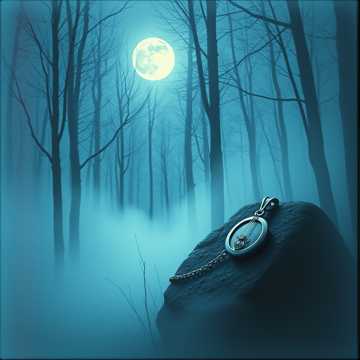
Under the Silver Moon
A hauntingly atmospheric instrumental with medieval-inspired strings and ethereal vocals, 'Under the Silver Moon' evokes a sense of mystery and ethereal beauty, crafted by Suno AI.
05:13
1 days ago
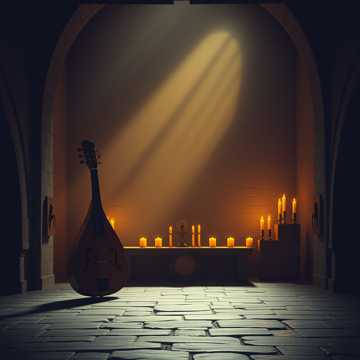
The Ballad of the Giants' Grief
An instrumental ballad that evokes the ancient sorrow of giants, blending acoustic lute and bodhran in a rhythmic medieval style, creating an atmosphere of deep emotional grief.
02:00
Invalid date
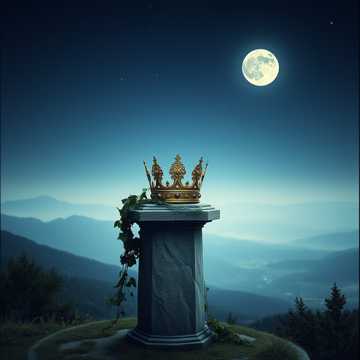
The Broken Crown
A sorrowful, rhythmic instrumental piece blending lyre and soft percussion to create a reflective medieval atmosphere.
02:19
Invalid date
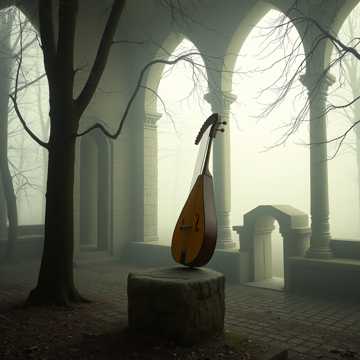
The Wandering Minstrel
A relaxing instrumental track with medieval lute and harp, accompanied by soothing male vocals, creating a serene and tranquil atmosphere perfect for peaceful reflection.
04:00
Invalid date

Der Wächter
A dark, cinematic ballad of an unwavering guardian, burdened by past battles yet standing strong to protect others. With a blend of medieval folk and heavy percussion, it embodies resilience, wisdom, and sacrifice.
03:36
2 days ago
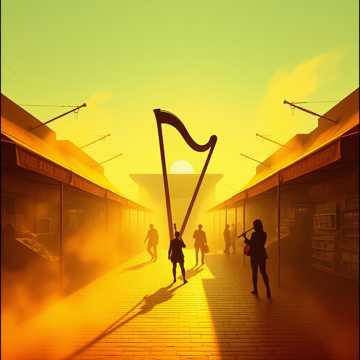
El Mercado del Alba
A lively instrumental track blending flamenco, classical, and medieval elements. The piece evokes the ambiance of a festive market at dawn, ideal for an RPG soundtrack with rich, layered textures and joyous melodies.
04:13
2 days ago
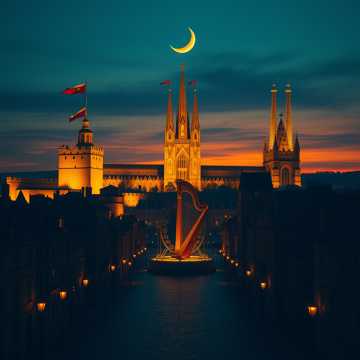
La Feria de la Ciudadela
An instrumental journey filled with medieval, classical, and RPG-inspired elements, featuring harps, lutes, and choirs. The song evokes a cinematic, epic atmosphere, offering a hymn-like quality that resonates with a timeless fantasy narrative.
04:05
2 days ago
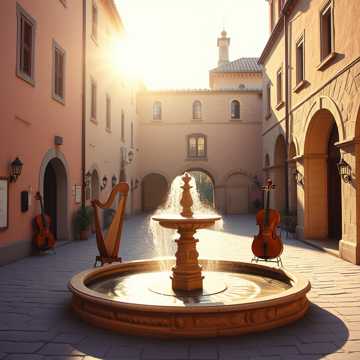
La Feria del Alba
'La Feria del Alba' paints a medieval sunrise with orchestral colors, blending lute, harp, and violins into an evocative instrumental tableau.
03:53
2 days ago

The Moonlit Veil
A mystical medieval duet where an elf and a human knight find healing, unity, and love through a moonlit, enchanted song.
03:24
2 days ago
Introduction to Medieval Music
Medieval music refers to the music of the Middle Ages, a period that spans from roughly the 5th to the 15th century. This genre of music emerged from the remnants of the Roman Empire and developed into a distinctive form that reflected the social, religious, and cultural transformations of Europe during that time. Medieval music can be broadly divided into two categories: sacred and secular. Sacred music was primarily connected to the church, including Gregorian chant and liturgical pieces, while secular music encompassed folk songs, ballads, and troubadour melodies. The development of notation systems, such as neumes, allowed for the preservation and dissemination of Medieval compositions, setting the foundation for Western music traditions.
Sub-tags and Classifications of Medieval Music
Gregorian Chant
Named after Pope Gregory I, Gregorian Chant is a form of plainchant used in the liturgical services of the Catholic Church. It is characterized by monophonic, unaccompanied vocal music with free-flowing, modal melodies. The chant's rhythm is non-metrical, designed to follow the natural inflections of the Latin text, enhancing the spiritual and meditative aspects of worship.
Troubadour Music
Troubadour music refers to the secular songs composed and performed by poet-musicians in the courts of Southern France, Northern Spain, and Italy during the 12th and 13th centuries. These songs often focused on themes of chivalry and courtly love, characterized by lyrical poetry and melodies. Troubadours played a significant role in shaping the tradition of lyrical composition and storytelling in Western music.
Organum
Organum represents one of the earliest forms of polyphony, where a plainchant melody is accompanied by one or more additional voice parts. Emerging in the 9th century, organum evolved from parallel movement to more complex forms, such as free and melismatic organum. This development marked a significant step towards the intricate polyphonic compositions of the later Medieval period.
Ars Nova
The Ars Nova ('New Art') movement of the 14th century introduced innovations in rhythmic notation, allowing for greater complexity and variation in musical compositions. This era saw the rise of isorhythmic motets and the use of syncopation, which laid the groundwork for the transition from Medieval to Renaissance music. Composers like Philippe de Vitry and Guillaume de Machaut were pioneers of this style, pushing the boundaries of musical form and expression.
Famous Artists and Classic Works in Medieval Music
Hildegard von Bingen
Hildegard von Bingen was a German Benedictine abbess, writer, and composer of the 12th century. She is renowned for her contributions to sacred music, particularly her collection of compositions known as 'Symphonia armoniae celestium revelationum.' Hildegard's works are characterized by soaring melodies and vivid texts, which often drew upon her mystical visions, blending religious devotion with musical innovation.
Messe de Nostre Dame by Guillaume de Machaut
This iconic work is one of the first known polyphonic settings of the complete Mass Ordinary. Composed in the mid-14th century, 'Messe de Nostre Dame' showcases Machaut's mastery of polyphony and rhythmic sophistication. The composition includes movements like the Kyrie and Gloria, characterized by their complex interweaving of vocal lines and innovative use of isorhythmic techniques, which were revolutionary for their time.
Guillaume de Machaut
A leading figure of the Ars Nova movement, Guillaume de Machaut was a French poet and composer of the 14th century. His most famous work, 'Messe de Nostre Dame,' is the earliest known complete setting of the Ordinary of the Mass by a single composer. Machaut's use of intricate polyphony and rhythmic complexity in both sacred and secular music significantly influenced the transition to Renaissance music.
Carmina Burana
Although not strictly a single work but a collection of 13th-century poems set to music, 'Carmina Burana' provides insight into the secular music of the Medieval period. These pieces, written by Goliards—students and clerics—cover topics ranging from satire to love. The vibrant melodies and rhythmic patterns in 'Carmina Burana' highlight the lively and sometimes irreverent spirit of Medieval secular music.
Perotin
Perotin was a prominent composer of the Notre Dame School of polyphony in the late 12th and early 13th centuries. He is known for his development of organum, particularly the composition of multi-voice pieces such as 'Viderunt omnes.' Perotin's works exemplify the early stages of polyphonic music, characterized by their harmonic complexity and structural clarity.
Viderunt omnes by Perotin
A seminal example of early polyphonic music, 'Viderunt omnes' by Perotin is a four-voice organum composed for the Feast of the Circumcision. This work demonstrates the complexity of Notre Dame polyphony, with its layered vocal lines and dynamic interplay of melodic motifs. Perotin's composition illustrates the evolution of Medieval music from monophonic chant to richly textured polyphonic structures.
Application Scenarios for Medieval Music
Medieval music is frequently used in historical and fantasy films to create an authentic atmosphere that transports audiences to the Middle Ages. Films like 'The Name of the Rose' and 'Kingdom of Heaven' utilize Gregorian chants and medieval instrumentals to enhance the storytelling, providing a sense of time and place that aligns with the narrative.
Movie Soundtracks
Many video games set in medieval or fantasy worlds, such as 'The Elder Scrolls' series or 'Assassin's Creed,' incorporate Medieval music into their soundtracks. This genre helps to immerse players in the game environment, evoking the sounds of ancient castles, bustling medieval markets, and epic battles, thus enriching the overall gaming experience.
Video Game Background Music
Medieval music plays a crucial role in themed events such as Renaissance fairs, historical reenactments, and medieval banquets. Performers use traditional instruments like the lute, harp, and hurdy-gurdy to recreate the soundscapes of the Middle Ages, providing an authentic auditory backdrop that enhances the atmosphere and educational value of these events.
Themed Events and Reenactments
The calming and spiritual nature of Gregorian chant and other forms of sacred Medieval music makes it suitable for use in therapeutic and meditation settings. These compositions, with their repetitive structures and soothing harmonies, are often employed to promote relaxation, reduce stress, and aid in mindfulness practices.
Therapeutic and Meditation Settings